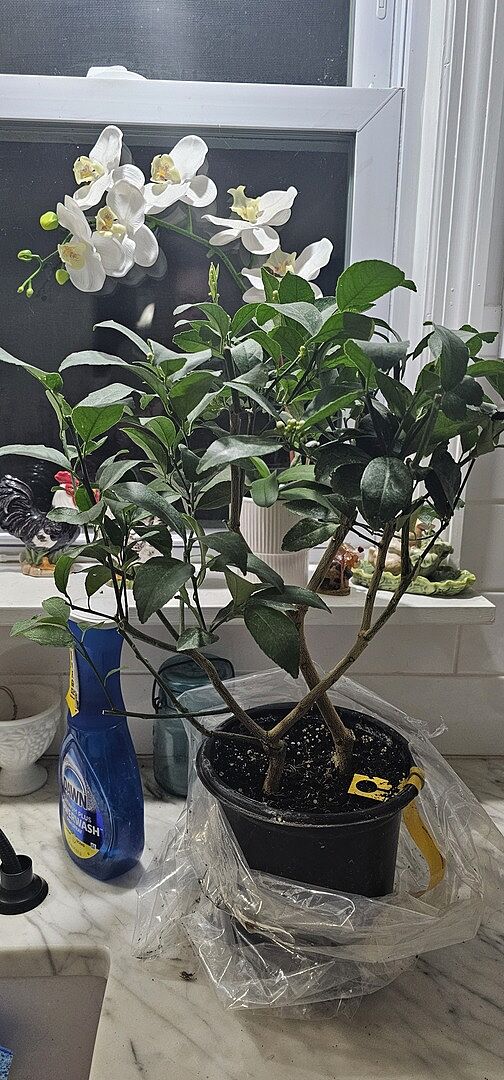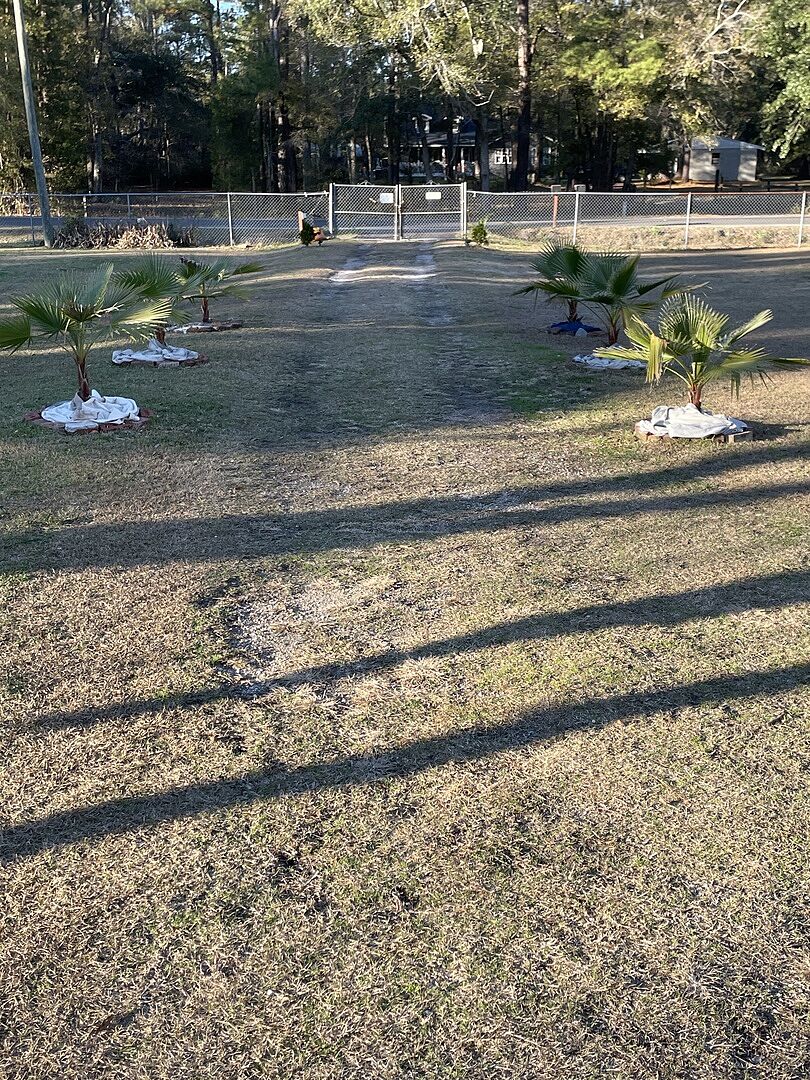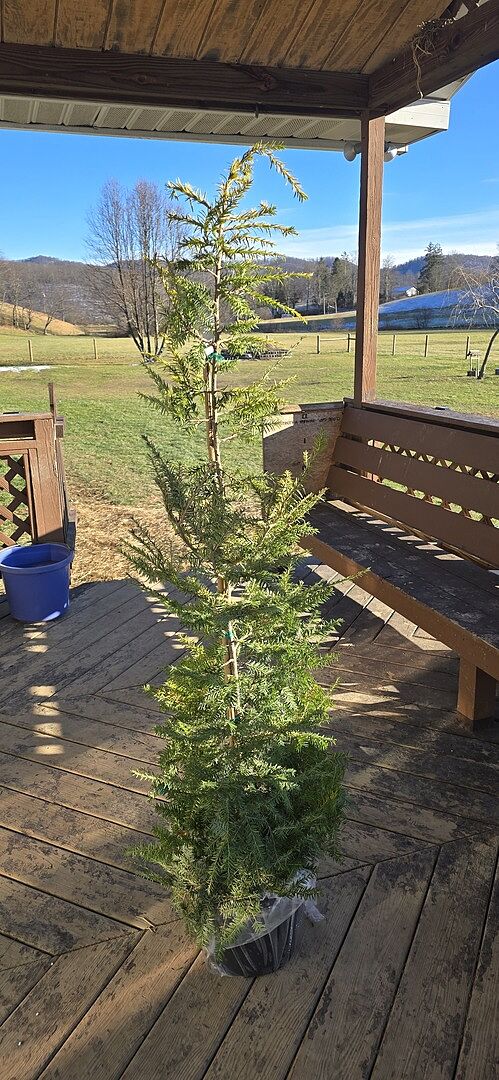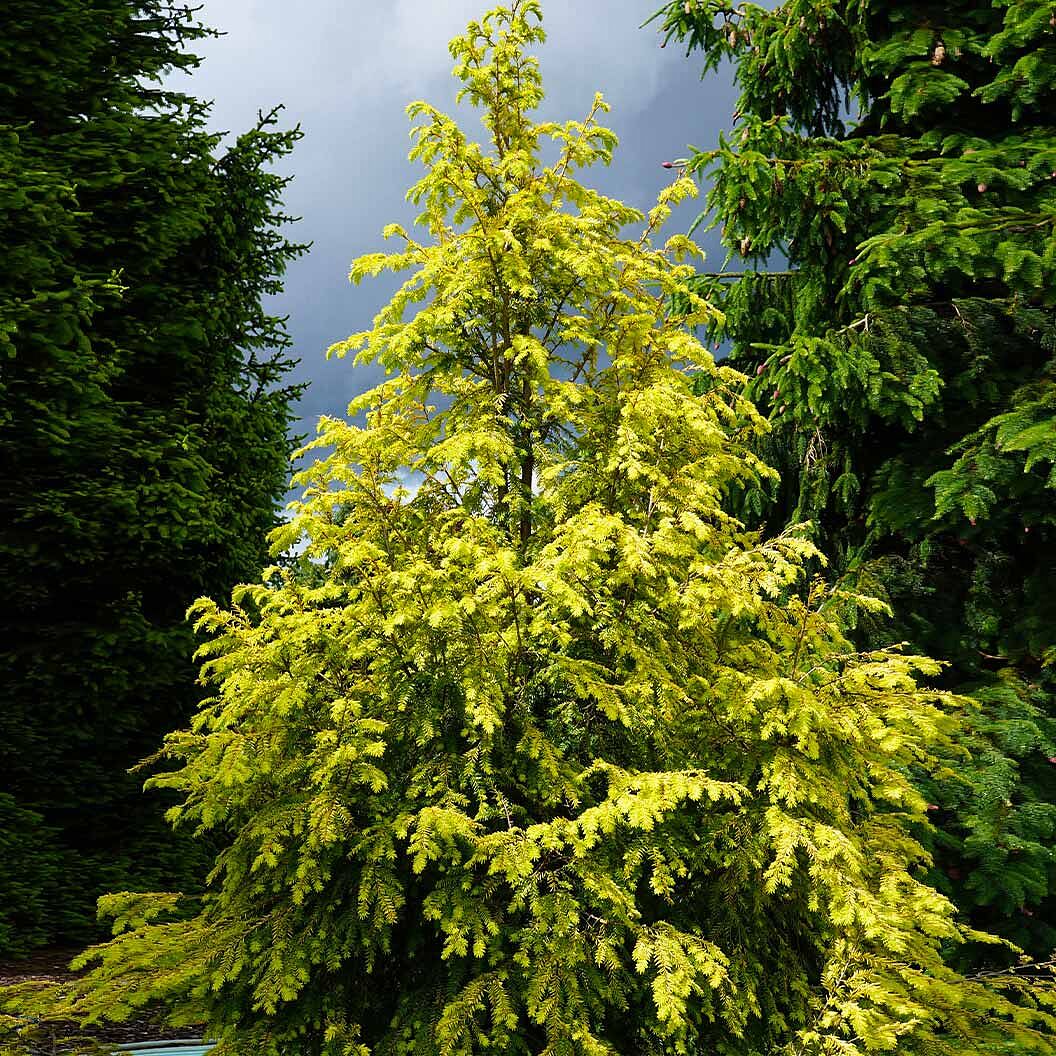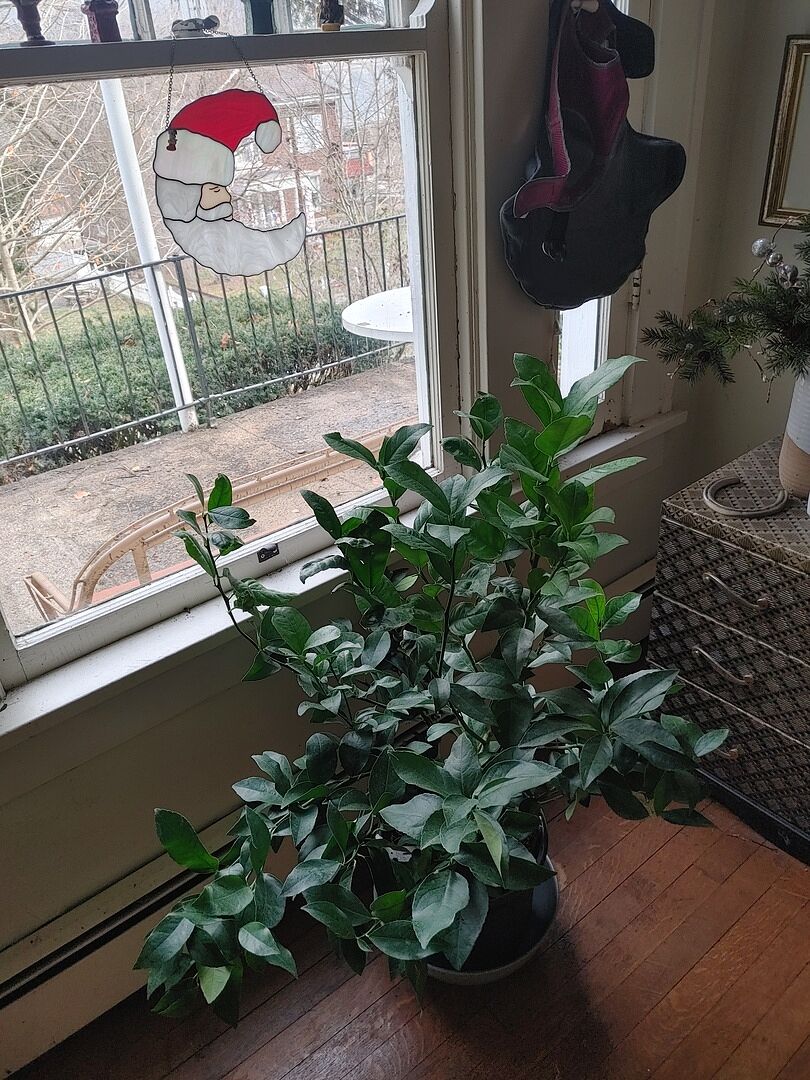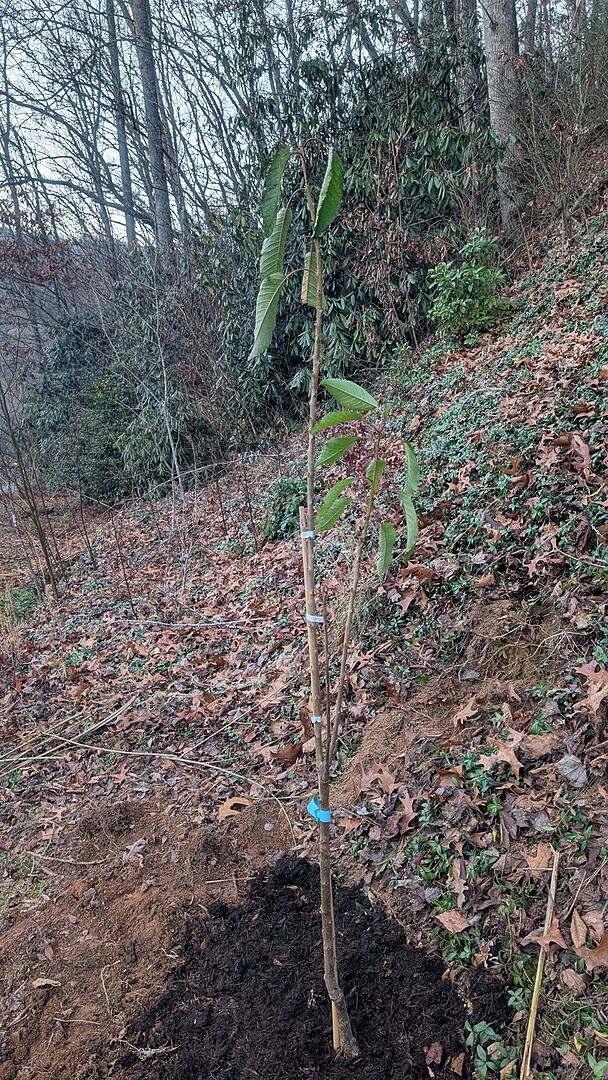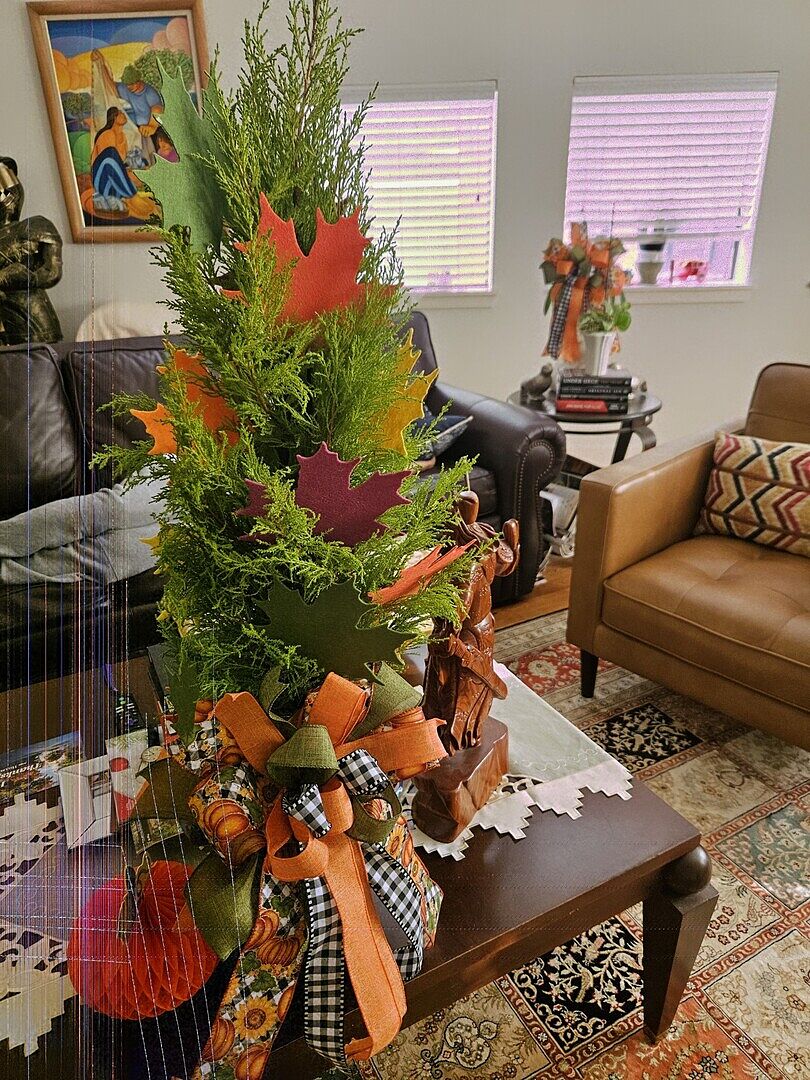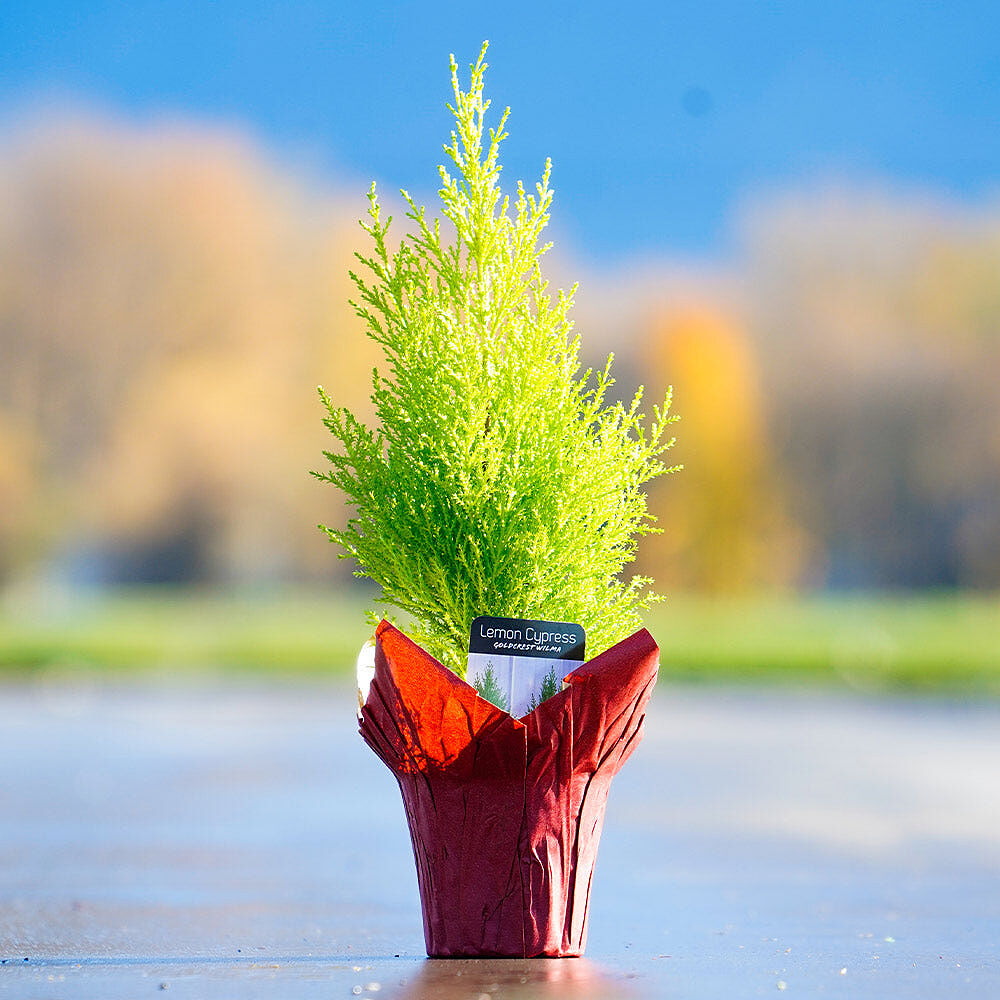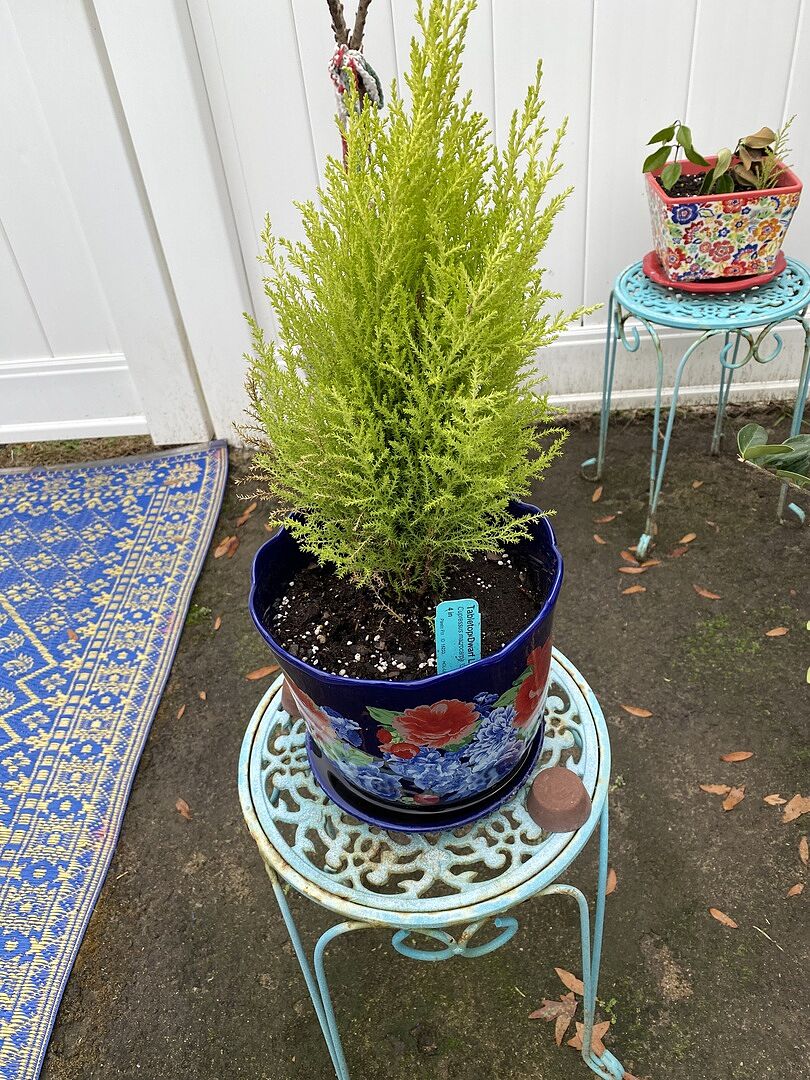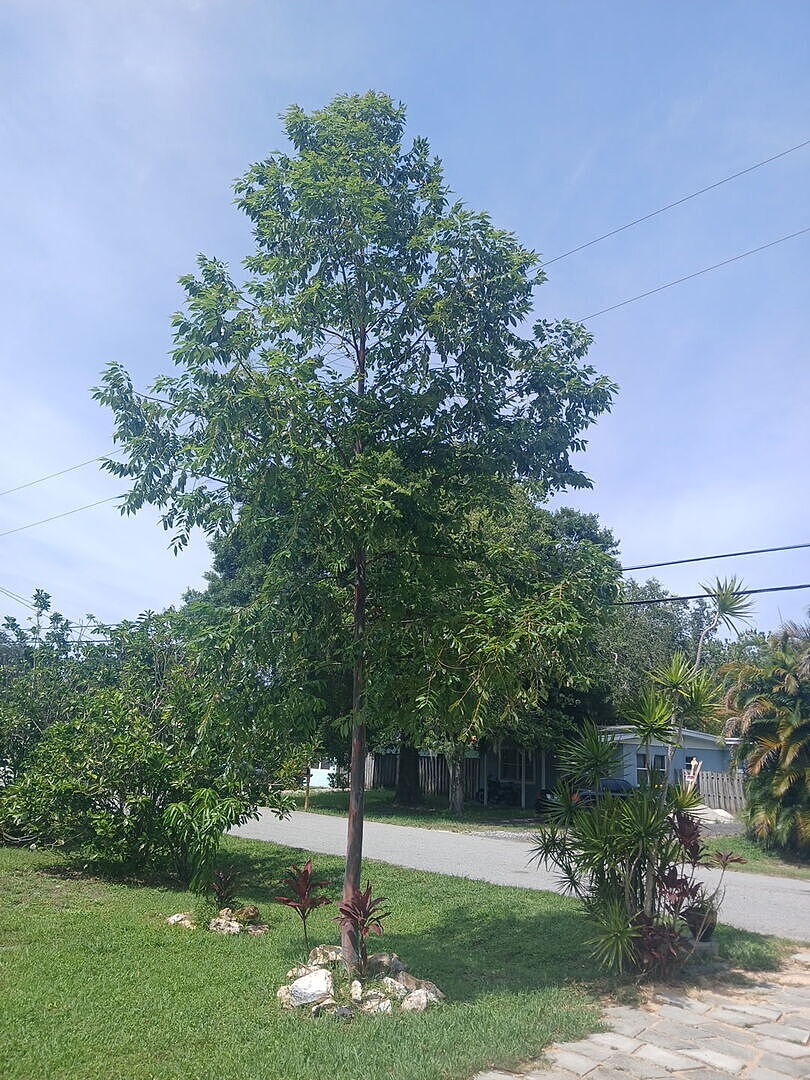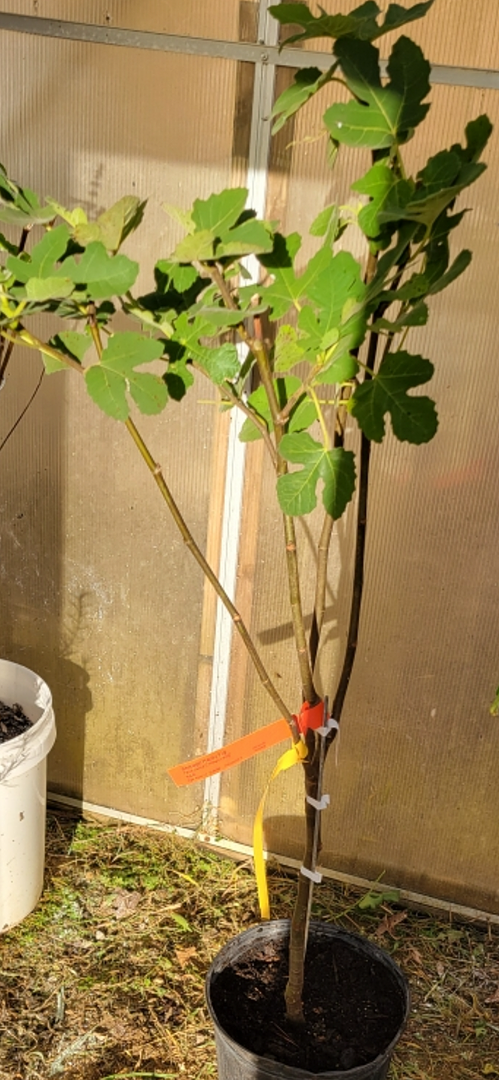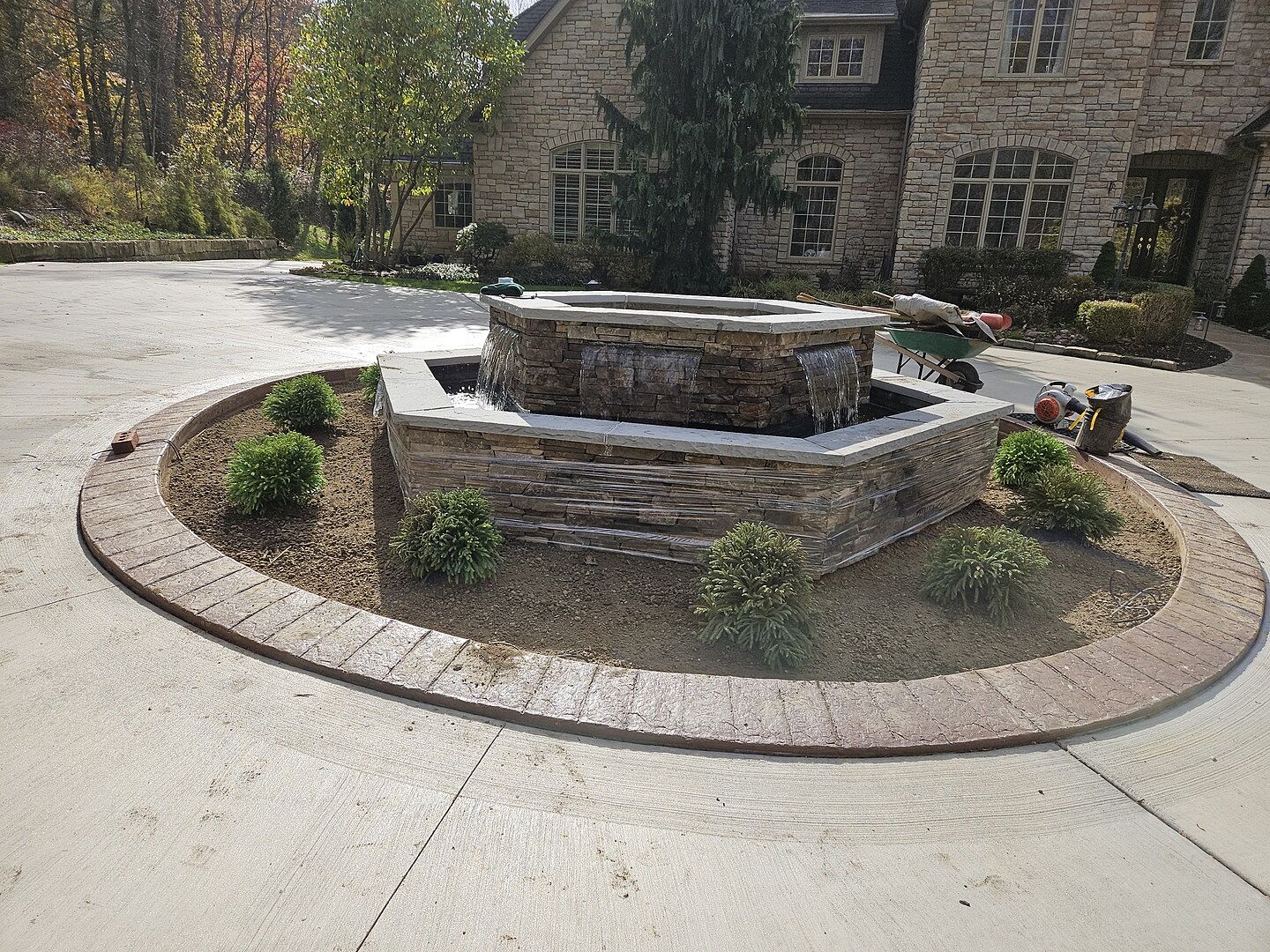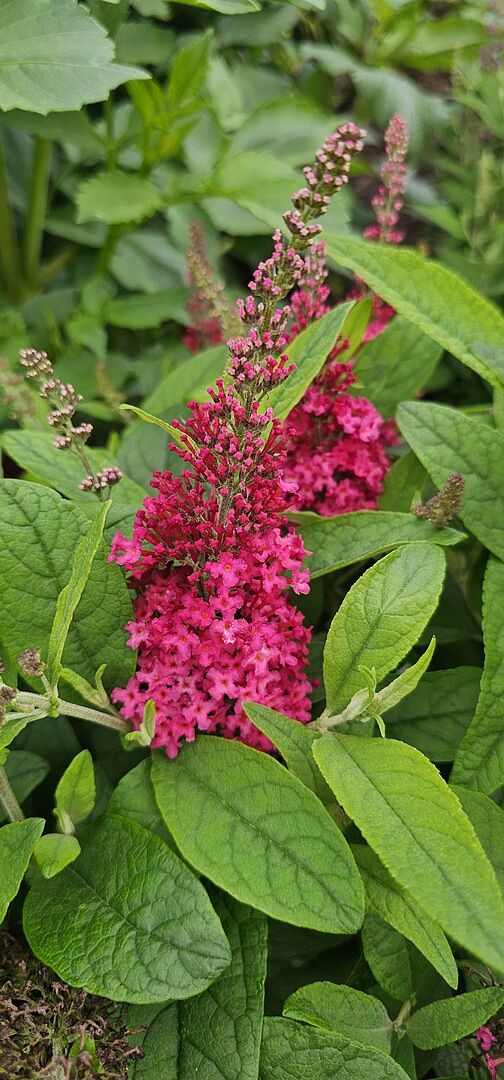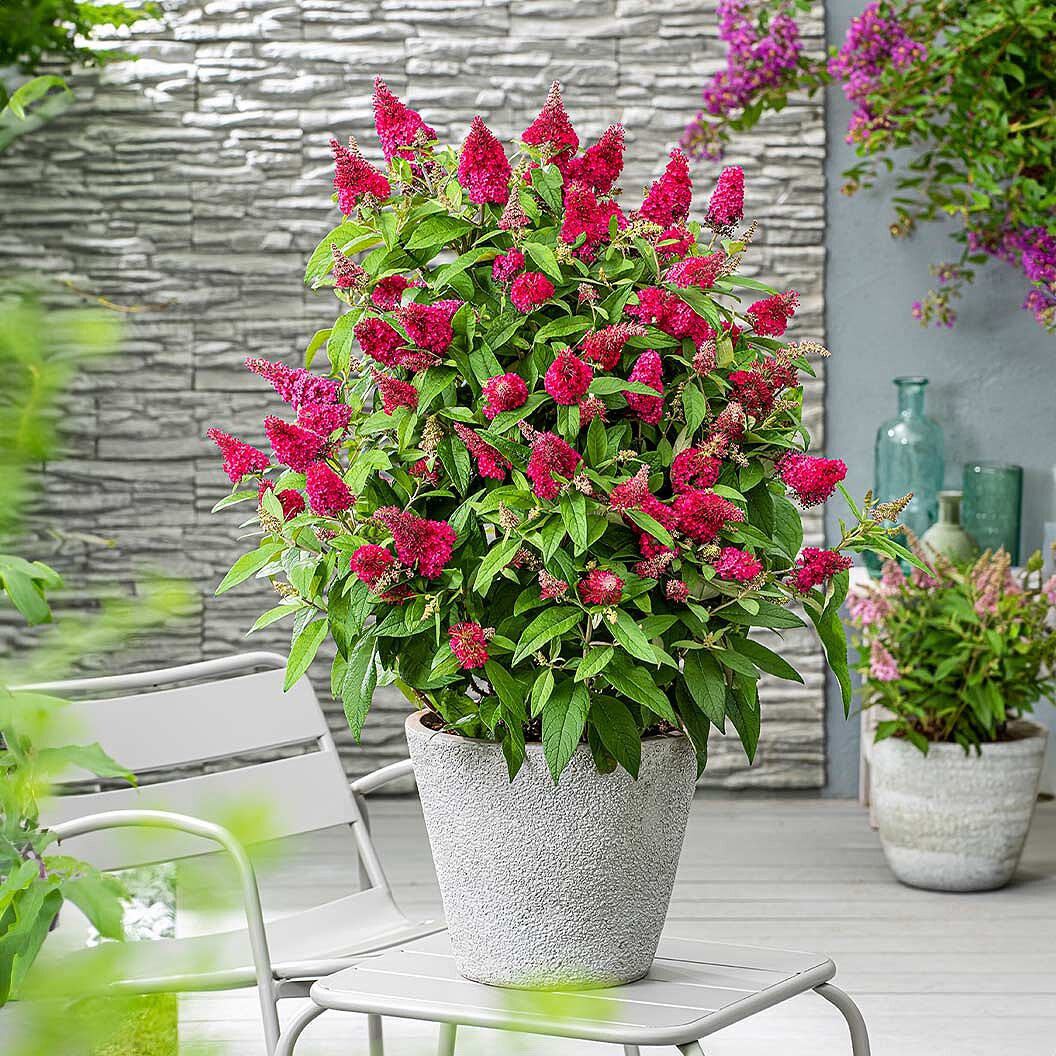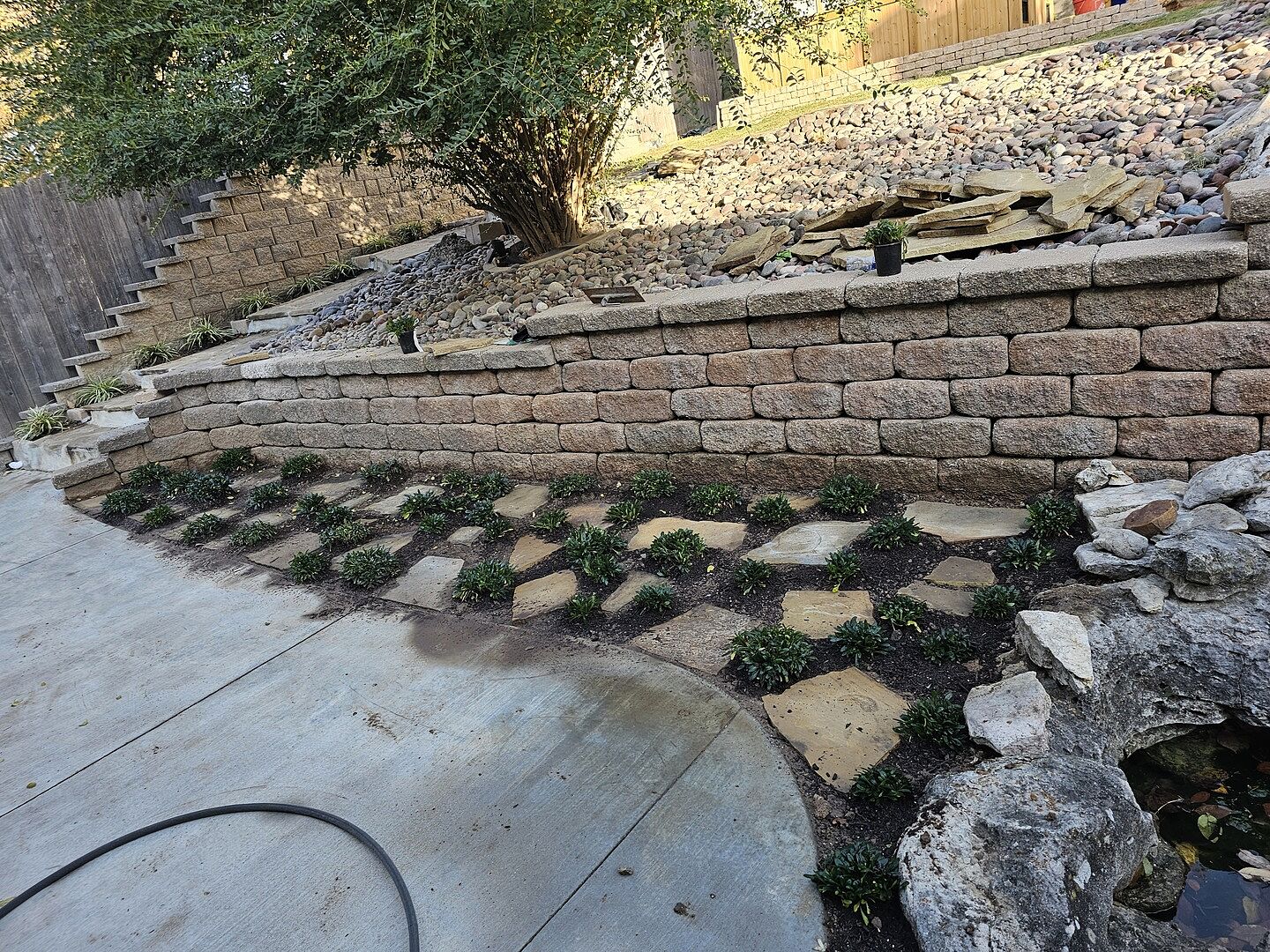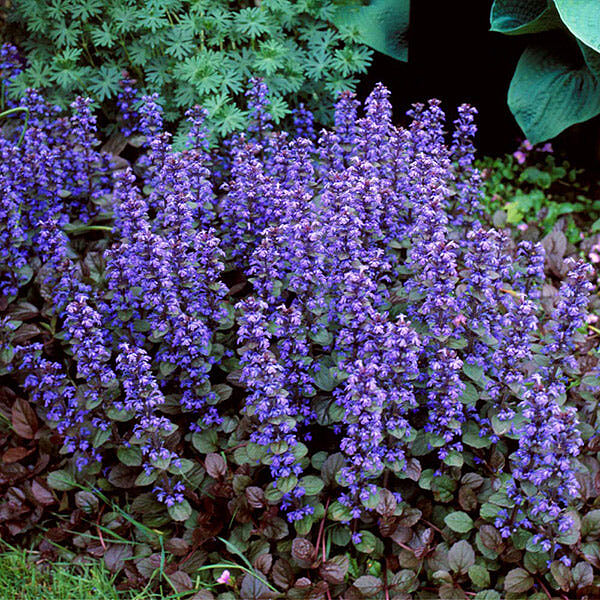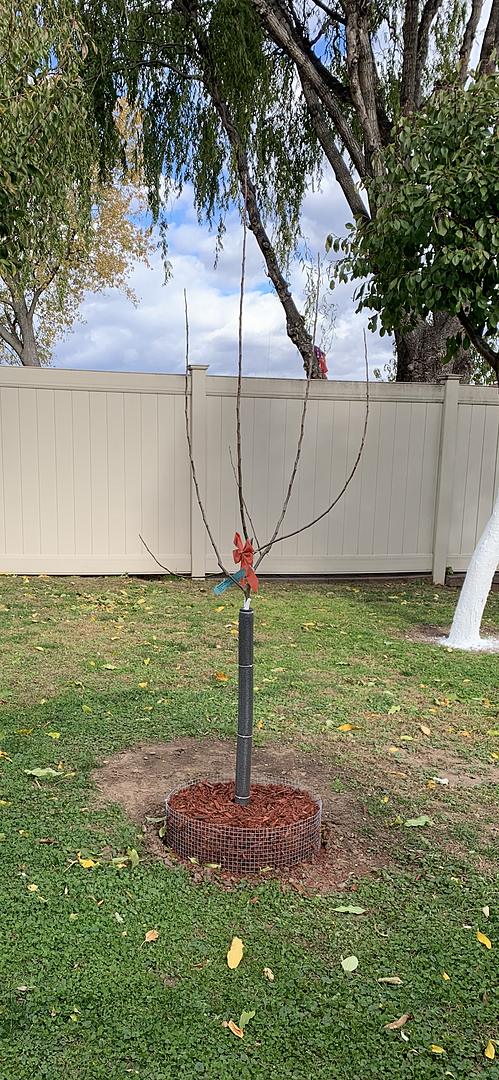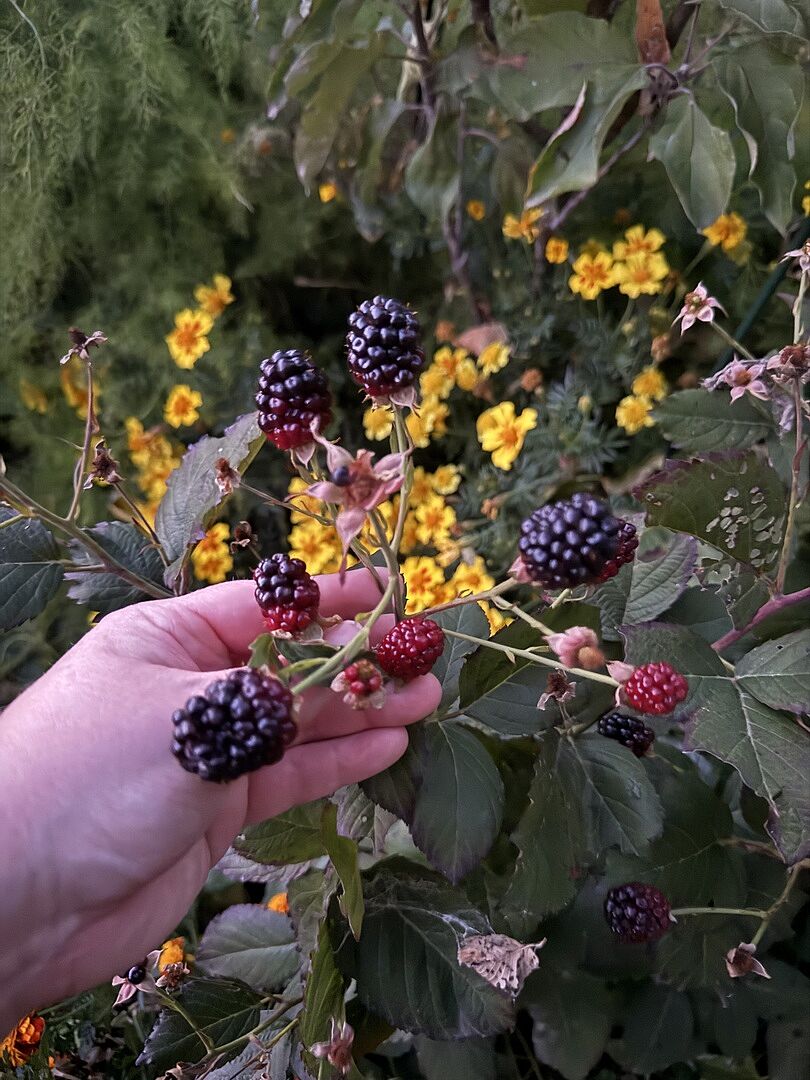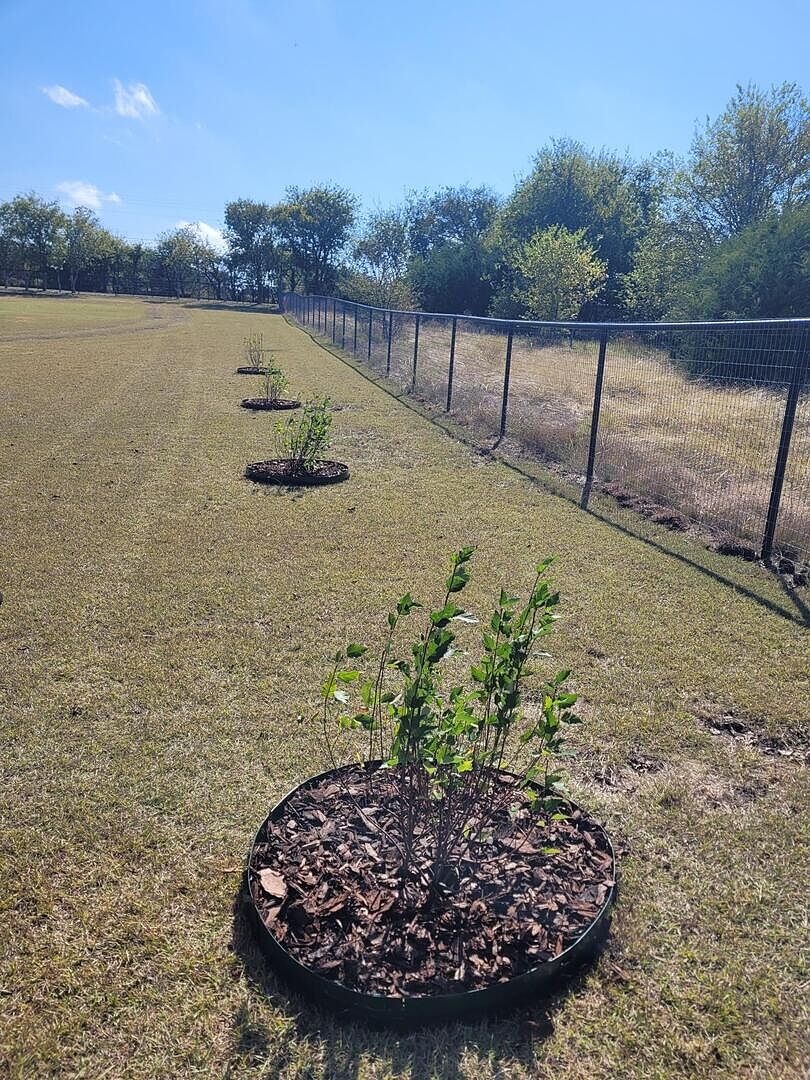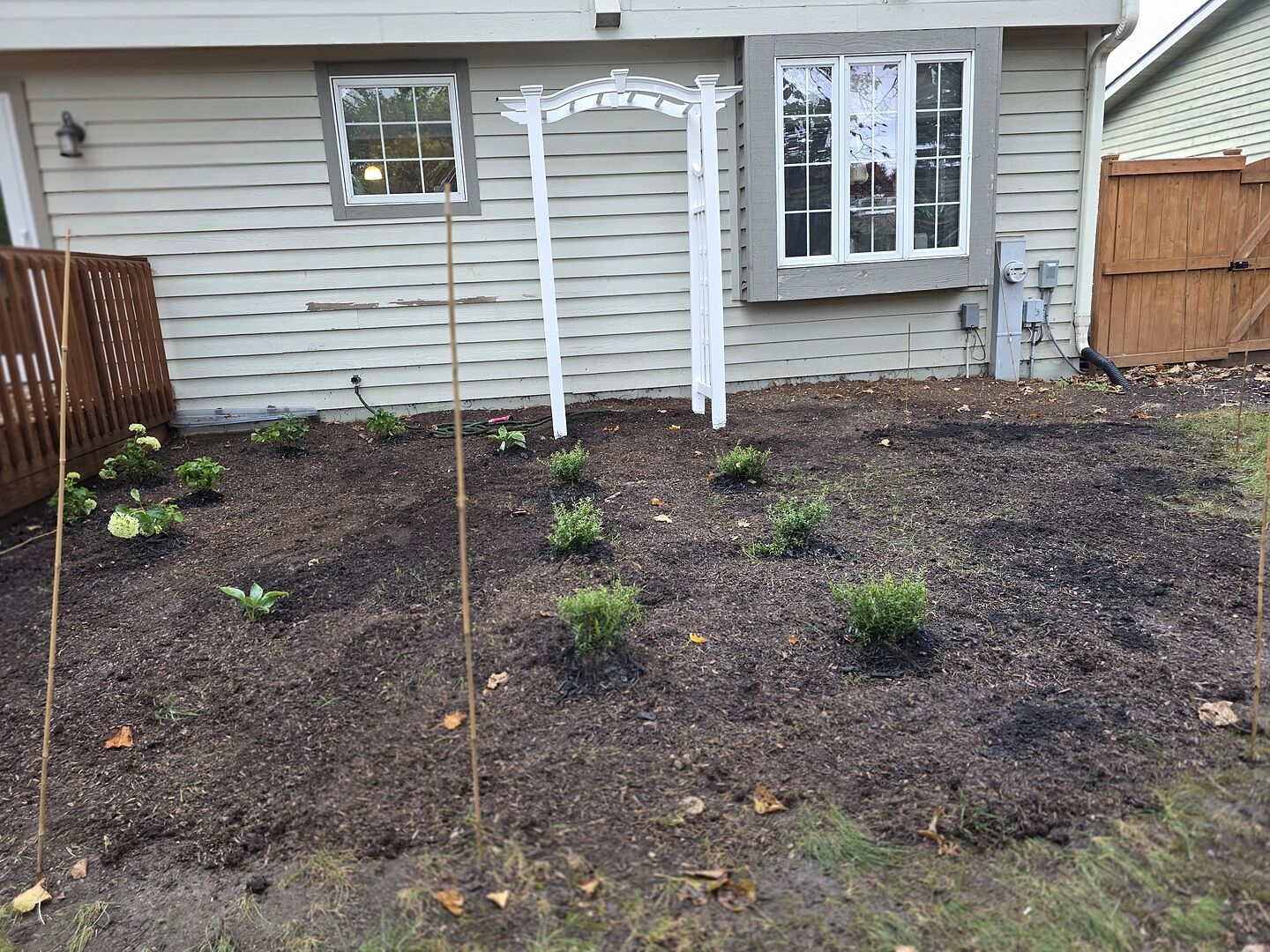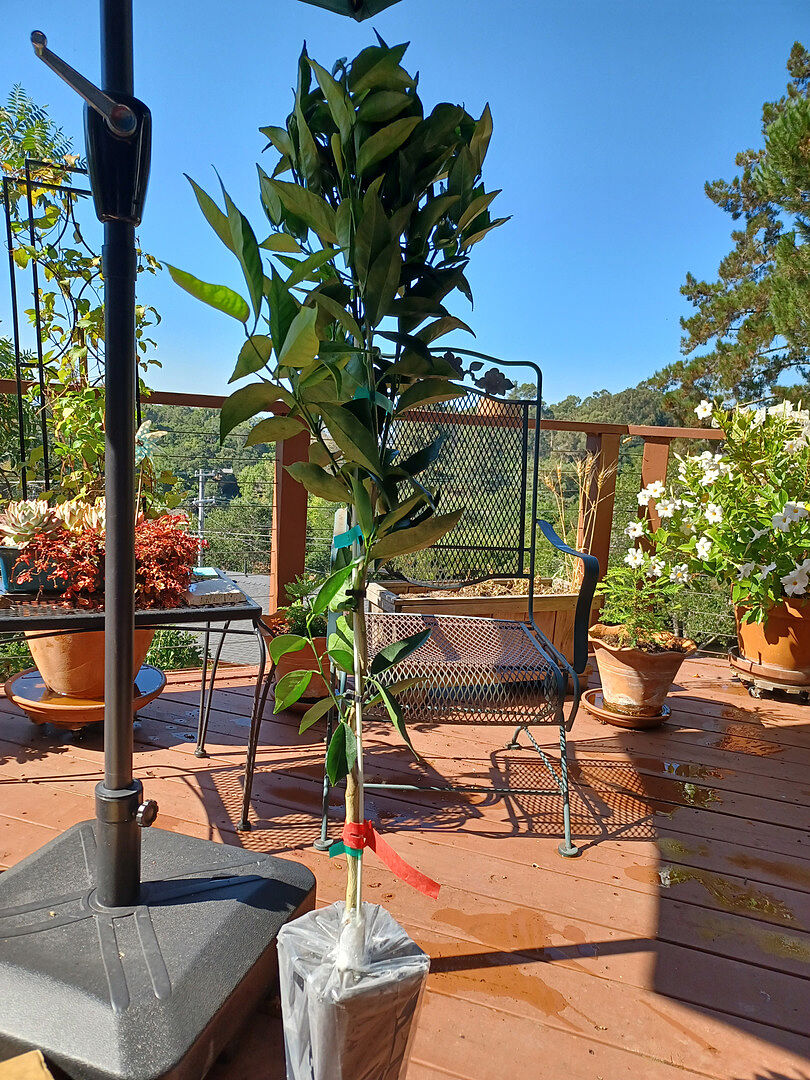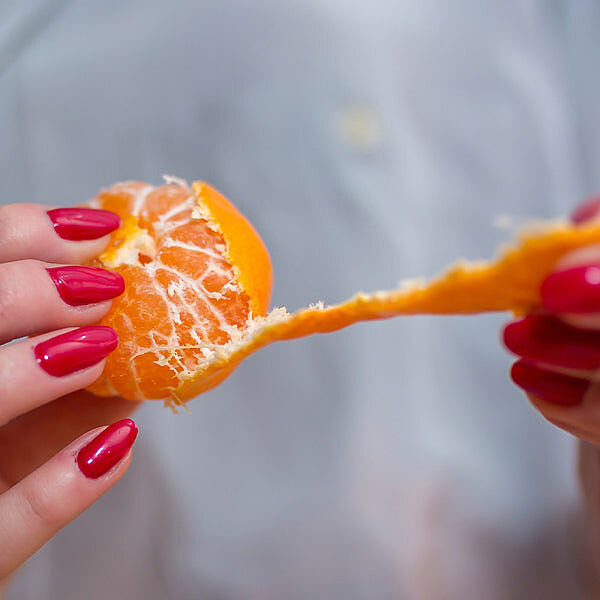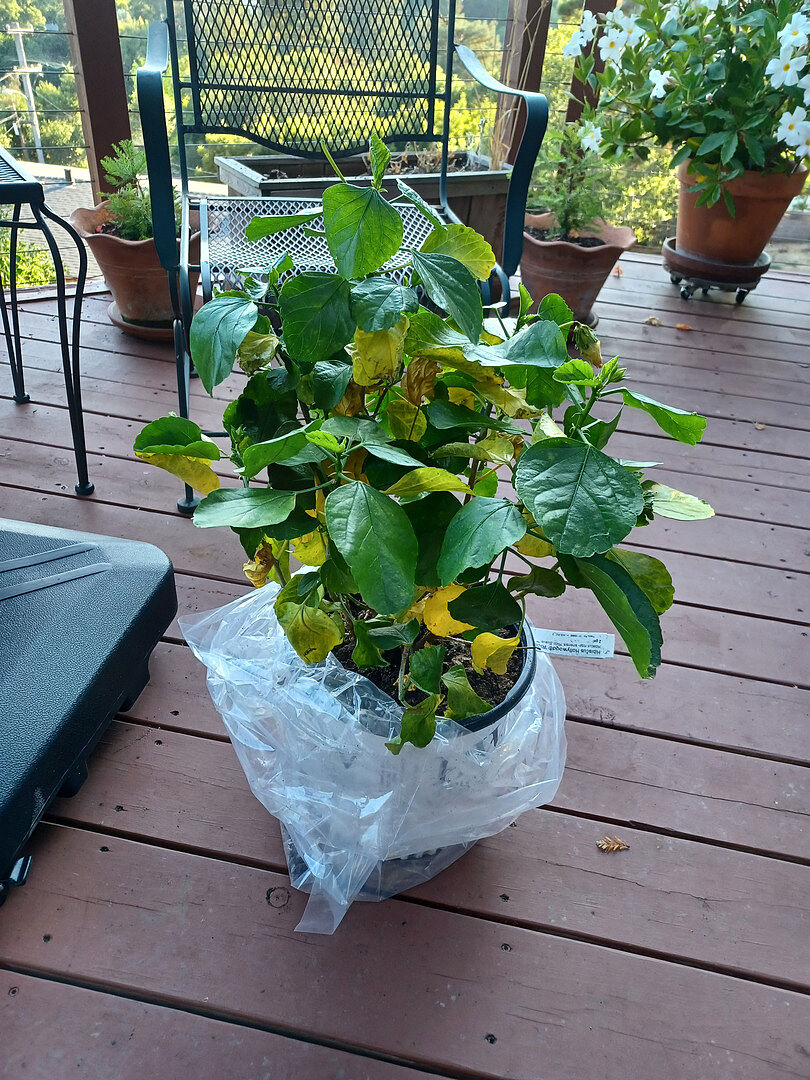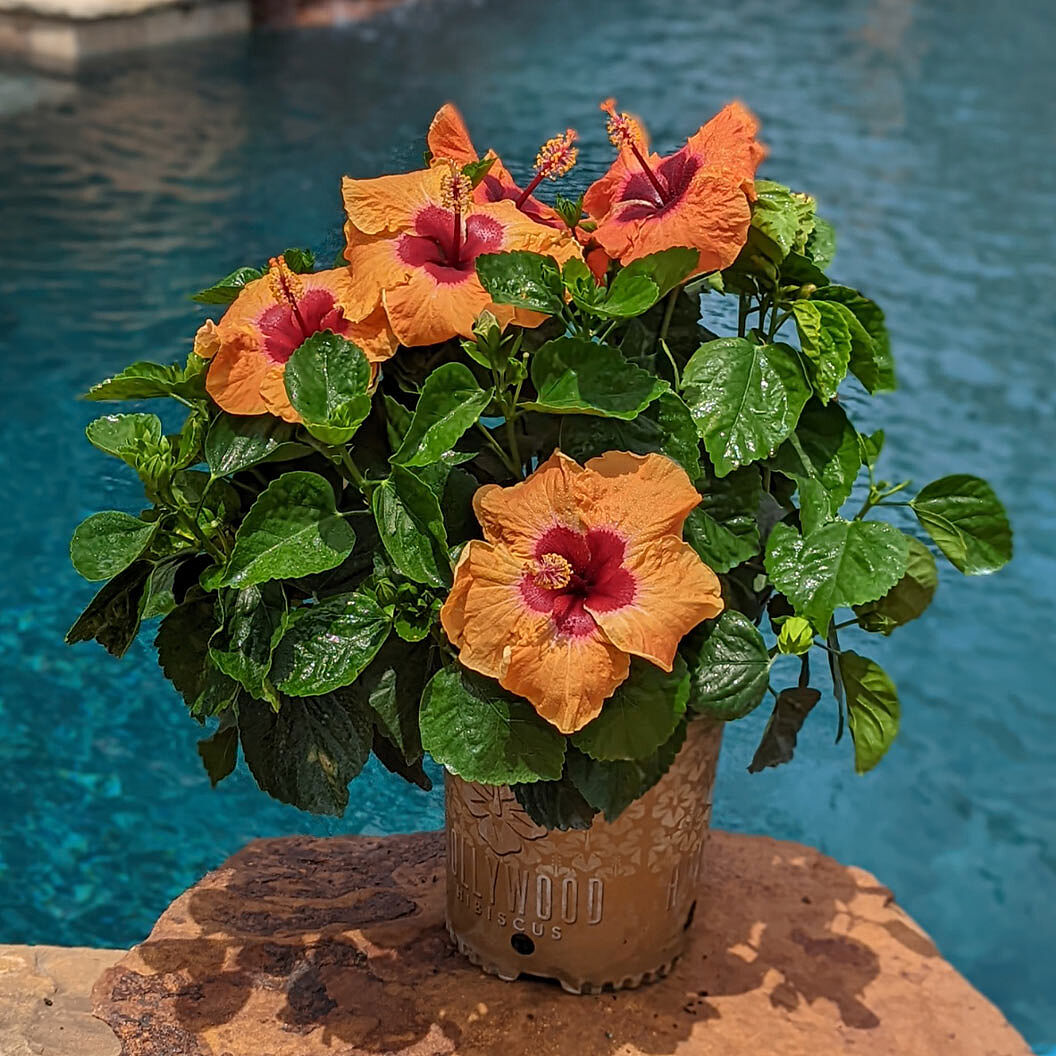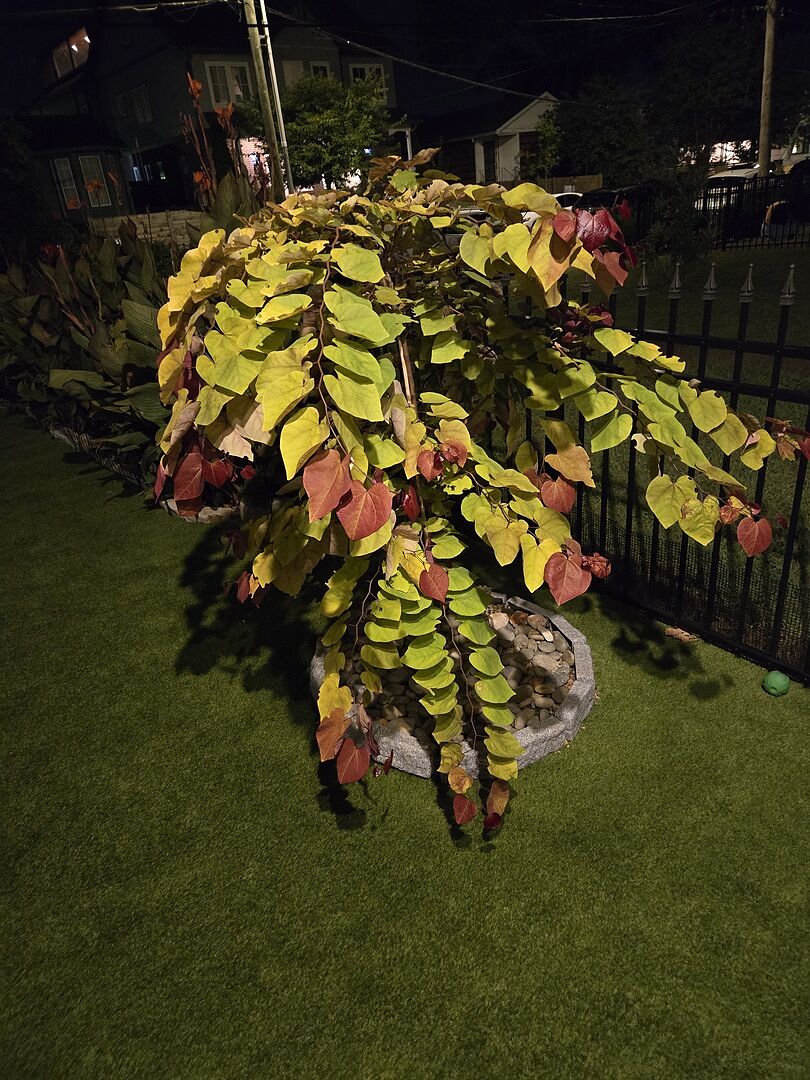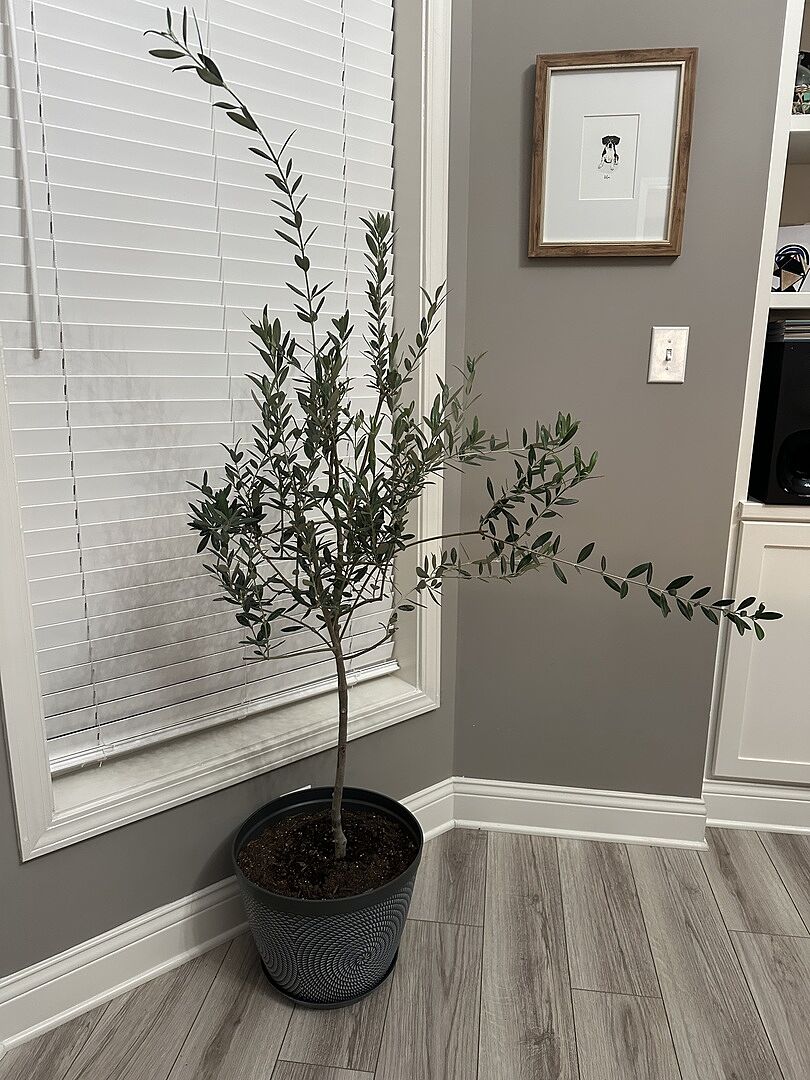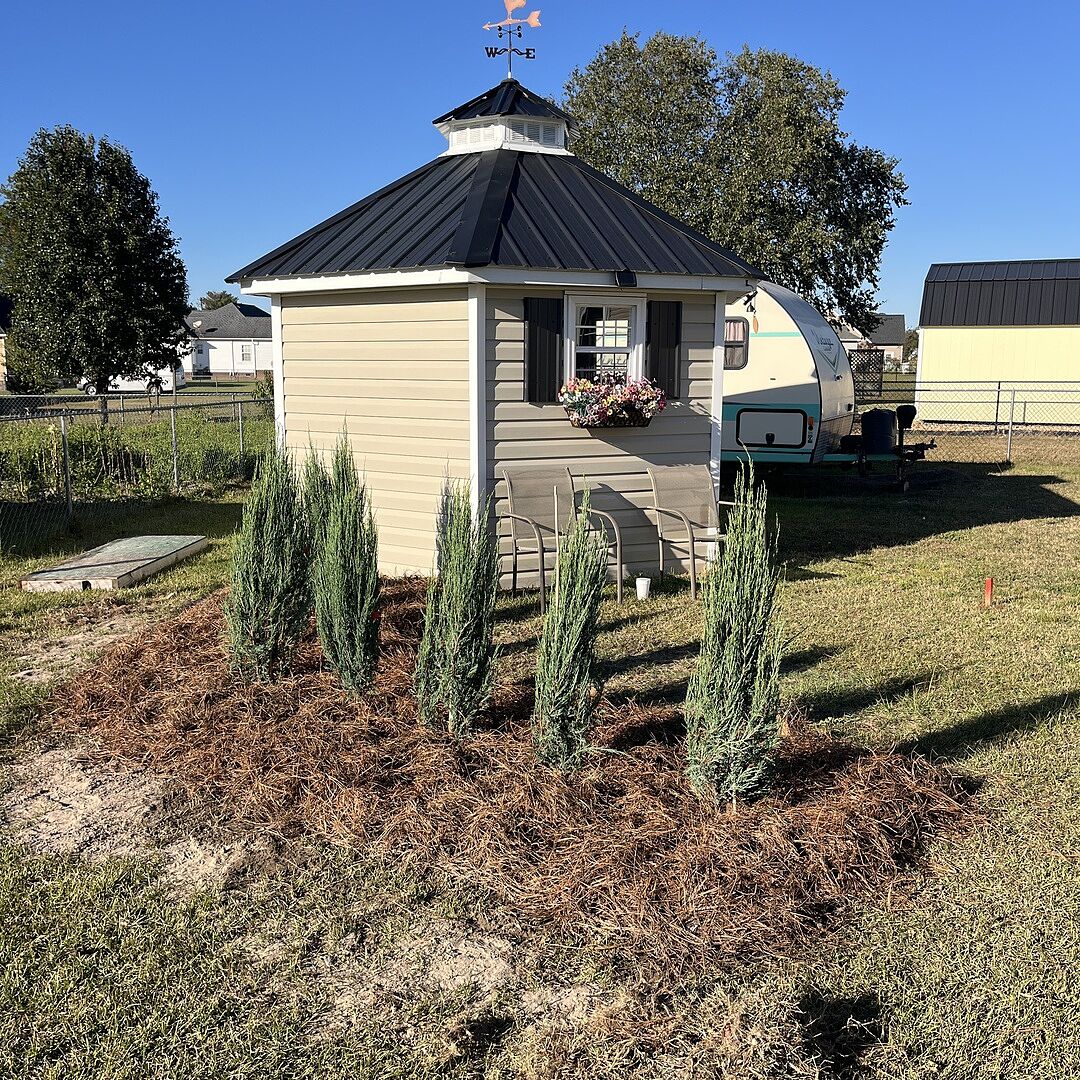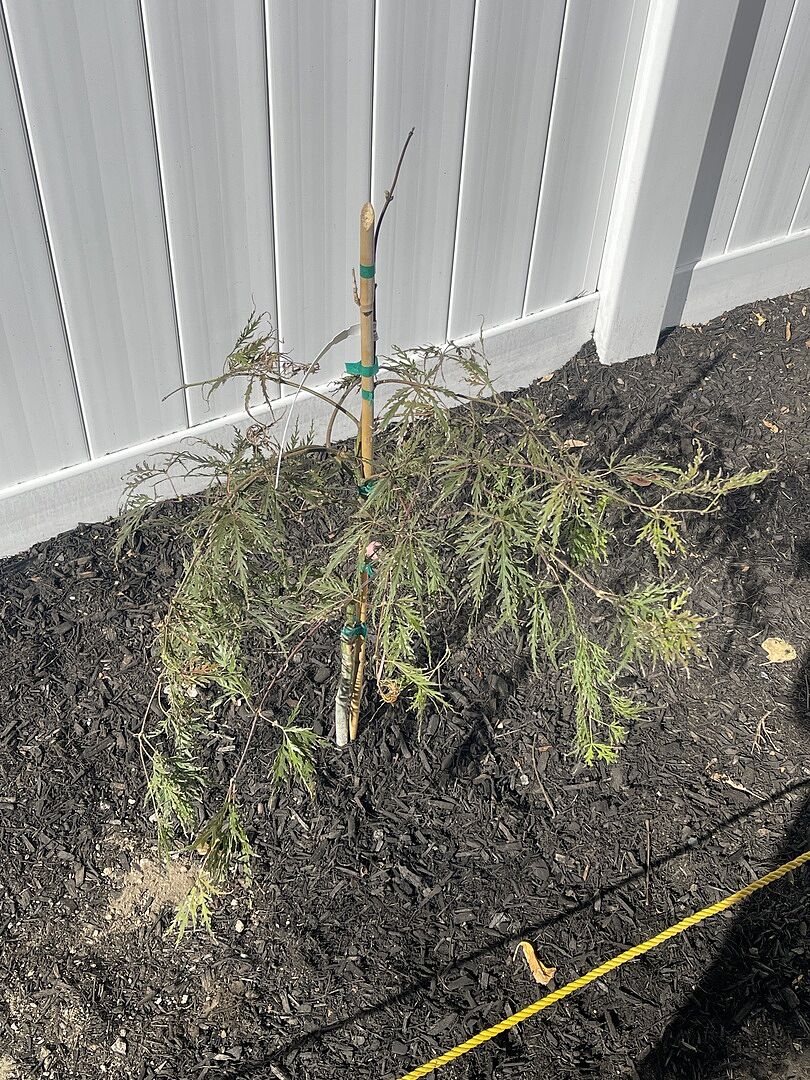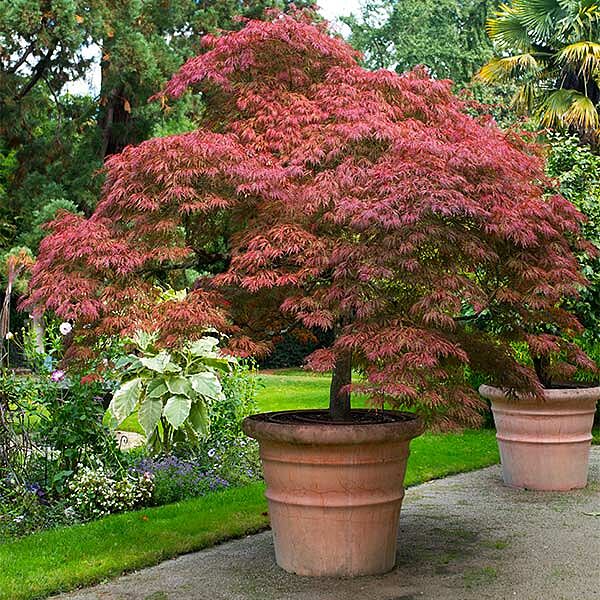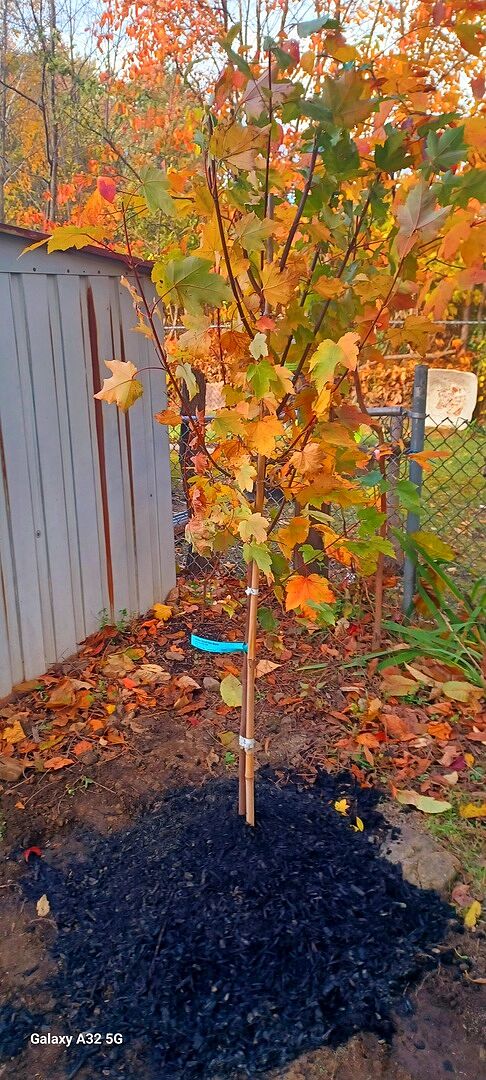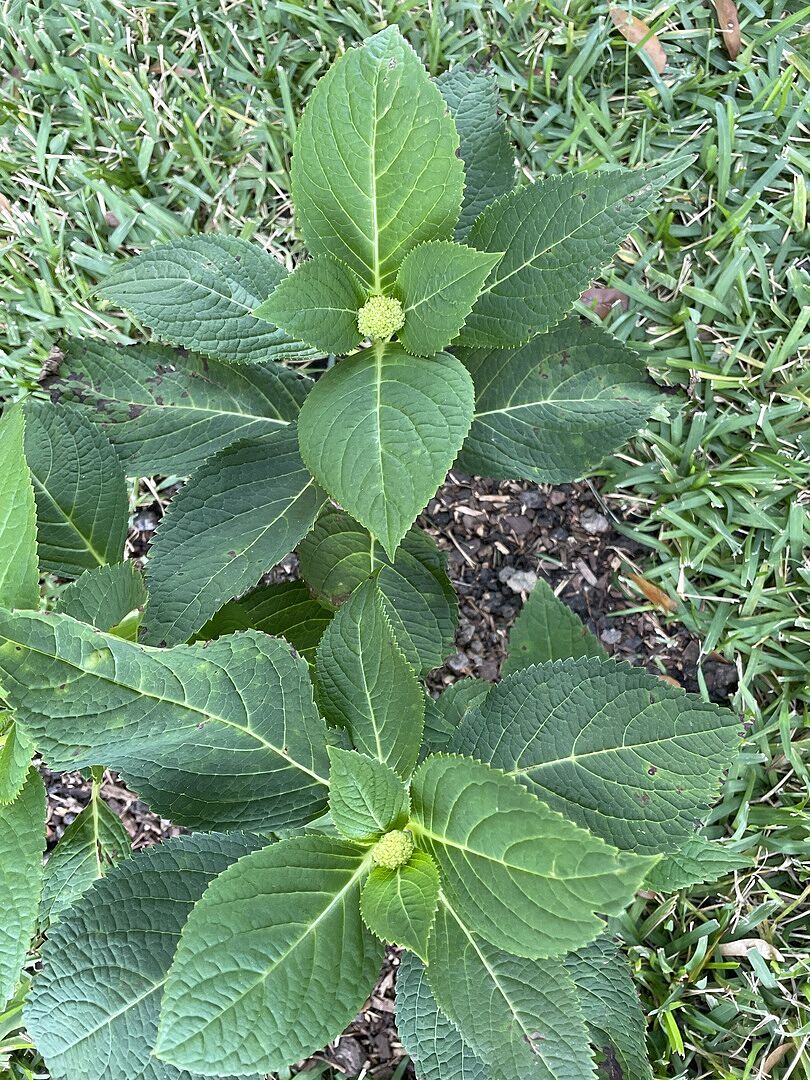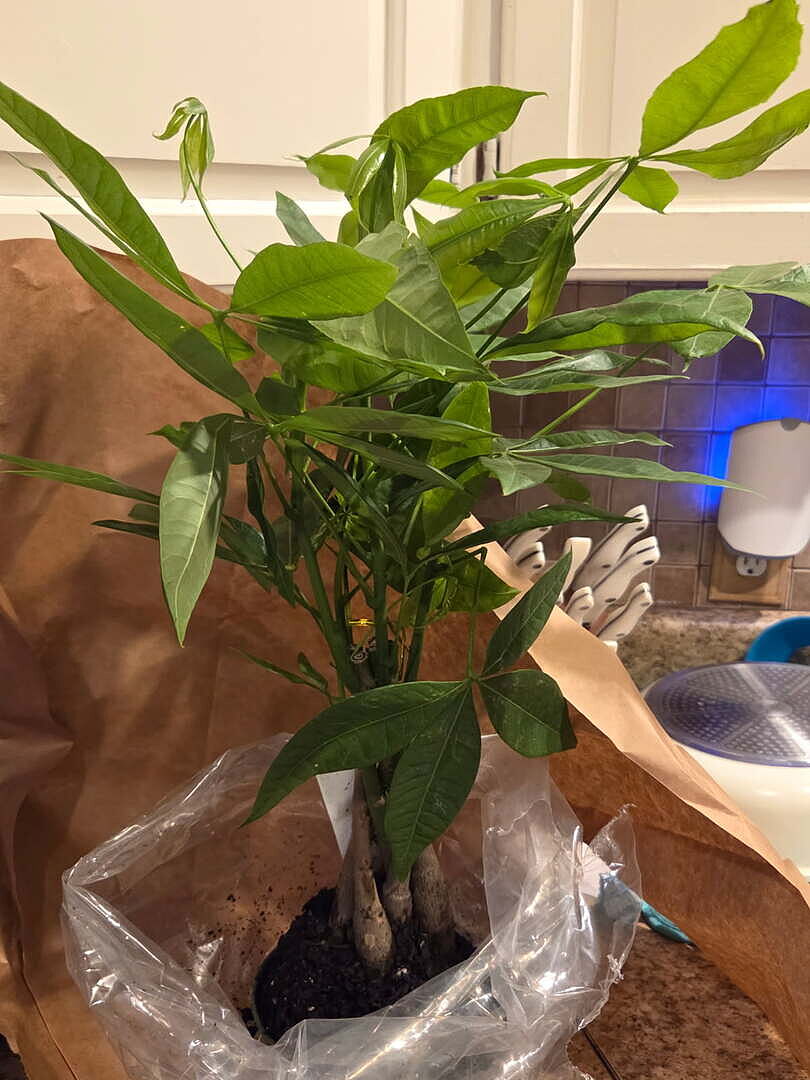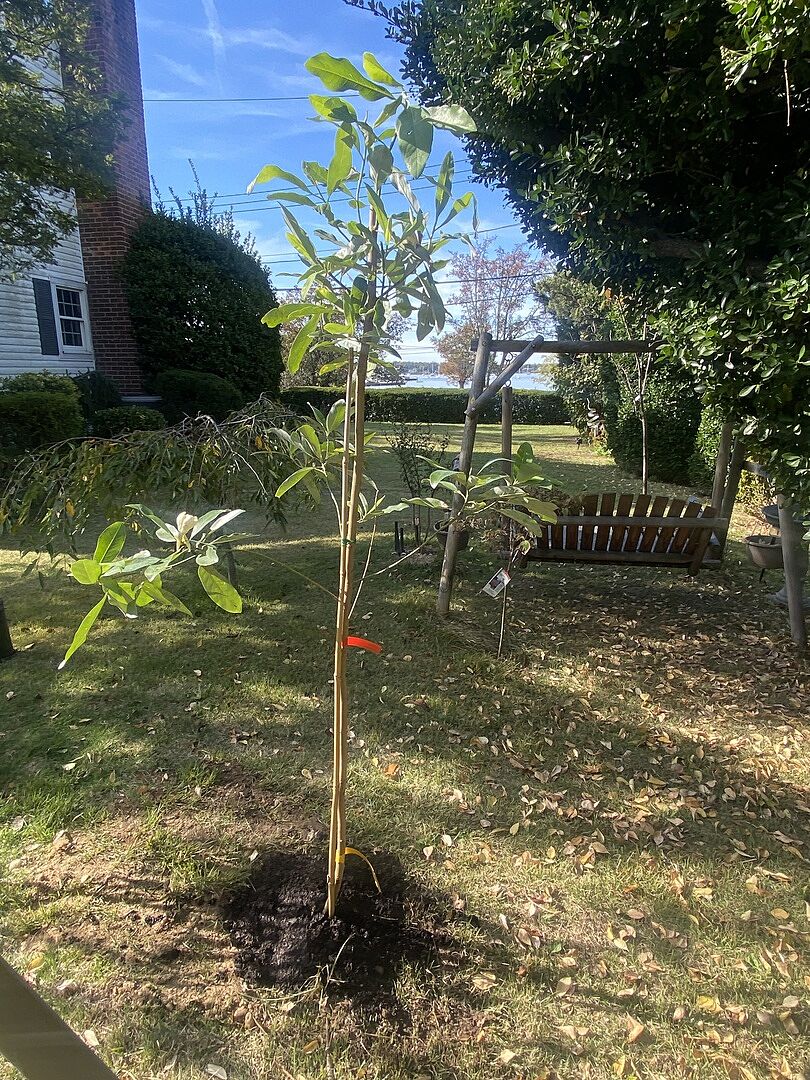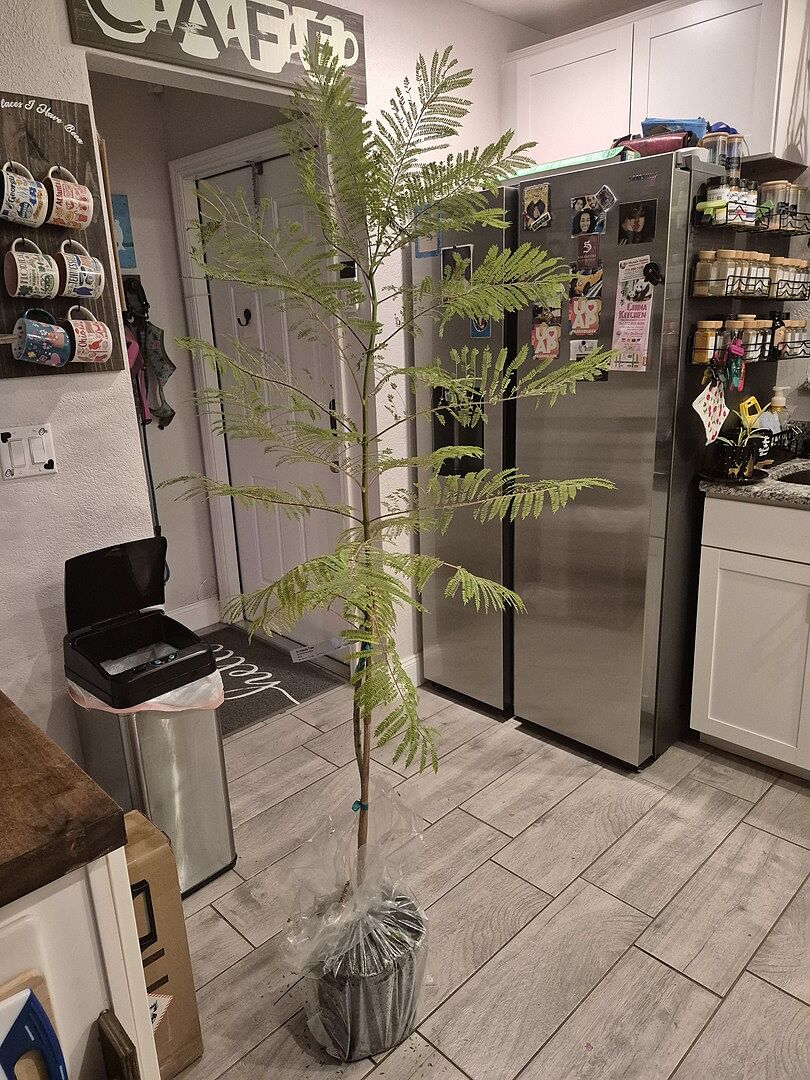Birkin Philodendron: Growing & Care Guide

Last updated: Sep 18 2023

Interest in indoor plants has been rising and gaining popularity for good reason! Adding plants to your home will clean your air, boost productivity, and can even function as decor! The Birkin Philodendron is a house plant that is as much plant as it is a decor piece for your home with its large, unique, sturdy green leaves covered with irregular ivory pin-striping. The best part is that this stunning house plant is one that even beginners can grow confidently!
Birkin Care
Light
All day bright, indirect light is best for the Birkin. Avoid direct sunlight as it might cause scorch marks on the leaves. For best variegation try to have light available to the Birkin for at least 8 hours per day; consider a grow light to supplement indoor lighting if needed, as the Birkin will not tolerate shade or low light.
Location
The Birkin likes temperatures between 70-85℉, so it's best grown as a house plant or on patios in growing zones 9-11. Keep it away from cold drafts and air conditioners.
If you plan to keep your Birkin on the patio, it will tolerate temperatures as low as 55℉, but anything below that will cause damage or death. While it receives lots of humidity in the rainforests, the Birkin Philodendron seems to do just fine in regular interior humidity, so skip any misting.
Soil
Acidic to neutral soil with a pH level between 6 to 7 is best for the Birkin. Most potting soils will fall in this range. It is important to use fertile, well-draining soil. Using proper soil will help protect against the threat of over-saturation, which leads to root rot. The soil mixture in FGT’s Organic Planting Mix has good ratios that will work great for your Birkin.
Watering
The watering routine for the Birkin depends on plant location and soil mixture. However, as a rule of thumb, the plant will need to be watered every week in the summer and every two weeks in the winter.
If you're still trying to determine when to water your Birkin, stick your finger in the soil a few inches down to see if it feels dry or wet. If the soil feels 75% dry, go ahead and water. A soil moisture meter is another good way to determine the soil’s condition if you are unsure.
When watering, make sure the soil is evenly and thoroughly moistened. Let all excess water drain before placing the pot back in its saucer or decorative container. Don’t let your Birkin sit in water for too long.
Fertilizing
The Birkin is not the fastest-growing plant, but it seems to have steady growth. Once a month in the spring and summer, use a balanced fertilizer at half strength. Be careful not to over-fertilize as this might cause salt build-up, leading to discolored leaves and stunted growth. Don’t fertilize during the winter months. A new Birkin probably has fertilizer beads or has been fertilized at the nursery, so it won’t need fertilizing for about two months.
Tips for Repotting
- Plan to repot your Philodendron Birkin every one to two years (spring and summer) and only increase one pot size, or about 2 inches larger. Excess soil holds onto moisture, which can cause root rot.
- Signs your plant needs repotting:
- Your plant may have a hard mat of roots on the soil’s surface
- Roots are growing out of the drainage holes
- You need to water more frequently
- There’s no need to repot your Birkin when you first get it. It needs to acclimate to its new home first. Repotting will just increase stress while it’s getting adjusted. Watering with some SuperThrive will help the plant get over stress while it’s acclimating.

Suggested Uses for the Birkin
Interior designers love using this plant. With its compact, bushy shape, the Birkin Philodendron can really hold its own and add to any room. It mixes well next to tropicals and succulents or is fantastic displayed alone. Because of its unique leaves, the Birkin will show better when it’s placed slightly below eye level, like on a shelf or side table. It looks great in a decorative container surrounding a larger plant like the Bambino Fiddle Leaf Fig. It can also be placed to direct your eyes to certain parts of a room. There are so many options to display this beautiful plant - you can’t go wrong!
History and Origin of the Birkin
Philodendrons originated in the warm and humid rainforests of Central and South America, where the average temperature in these rainforests is 82℉ and the lowest temperature never falls below 68℉. The relative humidity is typically 70% in the daytime and 95% at night. In contrast, the average humidity inside our homes is between 40-50% and the temperatures fluctuate between 68℉ and 76℉, making Birkins and other philodendrons a perfect fit as house plants.
The Birkin isn’t found in nature - it’s a unique offspring of the Philodendron ‘Rojo Congo’ that grew with a mutation, causing the lack of pigment in parts of the leaf that gives its signature white variegation. Sometimes referred to as the White Wave, the origin of the Birkin Philodendron’s name is unclear and could derive from the designer Hermes’ Birkin handbag of the 1980s.

Troubleshooting Birkin Plants
Keeping your plant healthy is the best prevention. If you properly set the stage for your Birkin, it will stay low-maintenance, happy, and healthy.
|
Issue |
Description |
Solution |
|
Variegation on the leaves is changing color |
Color changes tend to occur at the top part of the plant, typically on newer leaves. |
Simply snip off the part that is changing color; this will encourage new and correct growth to replace it. |
|
Loss of variegation |
Existing variegation is fading, no longer there, or looking different than before. |
Evaluate your plant’s light. Keep your plant in bright, indirect light to maintain and support its unique variegation. |
|
Growing to one side or lopsided |
The plant is top-heavy and leaning towards one side. |
Rotate your pot to distribute light and correct the curve. The plant will correct independently but might benefit from support if the leaning is pronounced. |
Signs of Over/Underwatering
Overwatering and underwatering are common issues that come with any house plant. If you suspect that your Birkin is having issues with watering, we suggest feeling the soil before you water. Do this with a moisture meter or your finger to feel the soil's moisture a few inches down. Only water when the soil feels 75% dry.
If you are overwatering your Birkin, choose a container with more drainage holes to allow for better drainage and give excess water a place to go. Do this instead of placing rocks in the bottom of the pot!
If you travel frequently or find it challenging to remember to water your plants, try setting an alarm or bottom-watering. Bottom-watering means setting your plant container in a water basin and letting the soil soak up water from the bottom, providing the Birkin with exactly how much water it needs.
Here are common signs of over and underwatering:
- Brown spots on leaves are the most commonly faced issue with Philodendron Birkins. This is often a fungal issue connected to overwatering.
- Yellow leaves or brown patches on the variegation are the first signs of being overwatered.
- Yellowing leaves and soft stems are an indication of root rot, a fungal issue that affects the root system. Let the soil dry out before repotting and removing unhealthy roots.
- Leaves curling inward are a sign that the soil is probably too dry.
- Older leaves turning yellow with no browning is a sign of underwatering with a resulting lack of nutrients.
Pests
The Birkin is pretty pest resistant, but it can attract three pests that typically visit house plants: Spider Mites, Mealy Bug, and Scale. Check your plant regularly. Look on the underside of leaves, where the stem joins the plant, or on new, young leaves. Treat outbreaks with Neem Oil until pests are eradicated.
Diseases
Most Birkin diseases are fungal or bacterial infections caused by overwatering and misting. Symptoms include powdery mildew, dark spots with yellow edges, and small, reddish-brown dots.
Plants Similar to the Birkin
Can’t get enough of the Birkin? Try these plants with similar needs to pair with your Birkin.
Need more help with house plants? Check out our House Plant 101 Course, perfect for beginners or those who need a tune-up on everything house plants. For questions, concerns, and anything in-between, reach out directly to us and we will be happy to help.

Written by
Barbara Wilkat
Barbara's earlier careers as a graphic designer took her on travels throughout the Middle East and Southeast Asia, where she was able to see how people connected with plants and agriculture. After returning to school for an Associate Degree in Horticulture, she started her own landscape design and maintenance company.
Since then, she's worn different hats in the industry, from horticulturist to landscape designer. Her passion for interior plants exploded when she was able to work for Interior landscaping companies. And while she learns something new about plants everyday, she enjoys helping folks understand plant care.

















